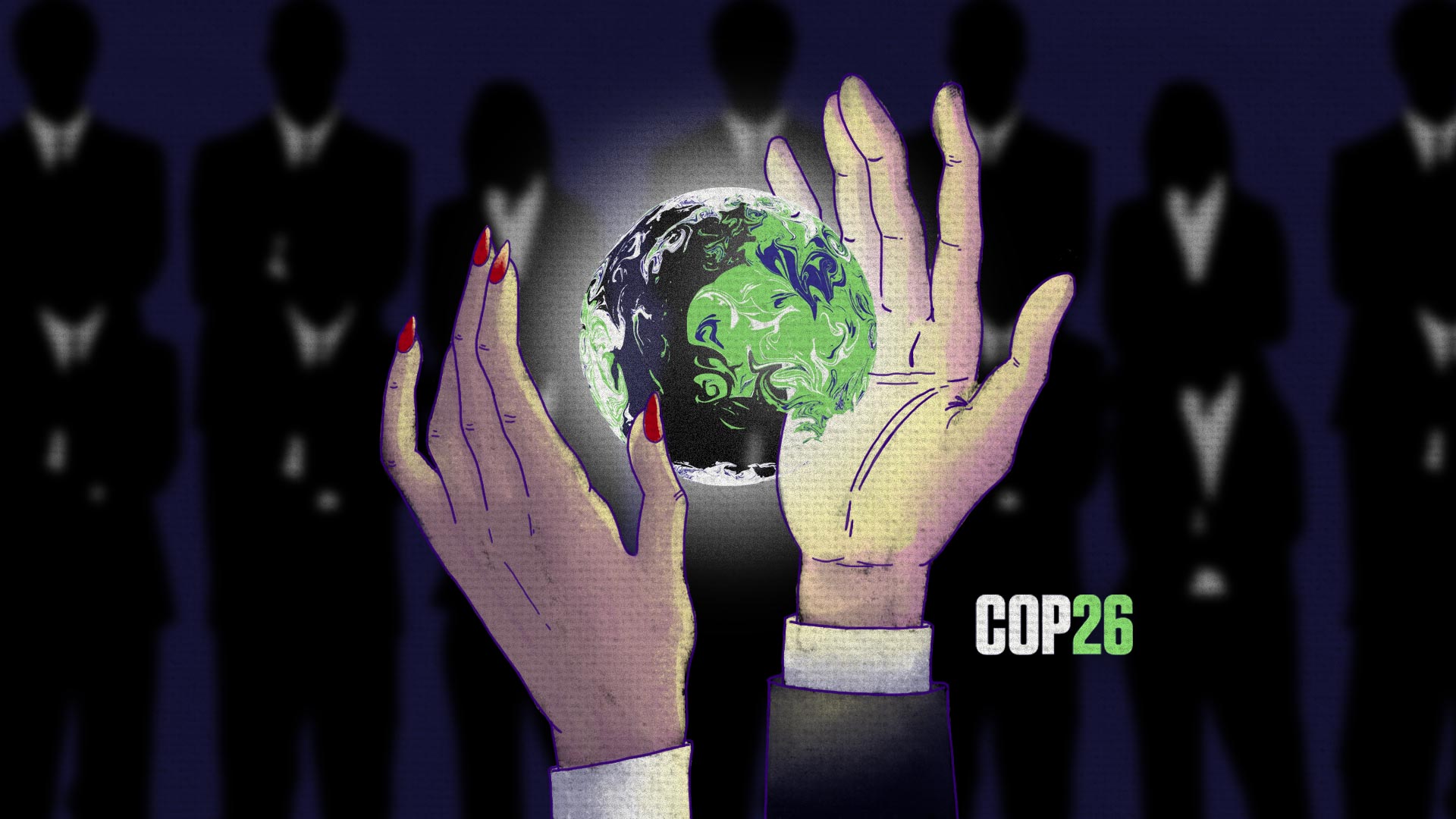Limiting global warming to 1.5°C
In 2015, the Paris Agreement set the objective for global warming not to exceed 2°C, or if possible 1.5°C. The 195 signatory countries, including Tunisia, were subsequently required to direct efforts to achieve this. However, this agreement did not provide for any binding implementation mechanism to be able to reach this target, relying solely on the goodwill of the signatory countries. These countries have to set their own emissions targets and make five-year plans to achieve them, known as Nationally Determined Contributions (NDCs).
What are the commitments?
As of November 8, 2021, 122 member states (121 + the European Union) have submitted new targets through the publication of their NDCs, according to the Climate Action Tracker. Many high-emitting countries such as Australia, Brazil and Russia have not increased their targets, as required by the Paris Agreement, while others such as India and Saudi Arabia have not submitted any new formal commitments. Tunisia, on the other hand, has raised its ambitions, announcing its intention to reduce its carbon intensity by 41% by 2030*.
Note : Carbon intensity is an indicator that relates the amount of greenhouse gases emitted, measured as the equivalent of carbon dioxide, to gross domestic production.
Where are we now?
A 30% reduction in greenhouse gases would be needed to limit global warming to 1.5°C. However, given the current state of the new pledges, a mere 7.5% reduction in emissions is predicted for 2030*.
Note : “The heat is on”, United Nations Environment Programme (UNEP) report, October 2021
available here
In the absence of any formalised commitments for 2030 from major economies such as China, the world is now facing a minimum temperature increase of +2.7°C. To date, the Earth's average temperature has risen by 1.2°C since the pre-industrial period (late 19th century), leaving limited room to stop global warming at 1.5°C.
What is at stake at COP26
"To stand a chance of limiting global warming to +1.5°C, we have eight years to cut greenhouse gas emissions by almost half", warns a recent report by the United Nations Environment Programme. A major aspect of the negotiations in Glasgow will be the strengthening of emission reduction targets, which need to be eight times higher to be compatible with the limit of +1.5°C.
Financing the fight against climate change
Coping with the consequences of climate change comes at a heavy cost. Although not historically responsible, developing countries are often on the front line of climate change, yet lack the means to adapt.
What are the commitments?
At COP15 in Copenhagen in 2009, developed countries pledged to raise $100 billion (public funding) per year until 2020, in order to help developing countries tackle climate change. This target was partly reflected in the 2015 Paris Agreement, which extended the pledge to cover the period of 2020-2025.
Where are we now?
According to the latest figures published by the OECD, ten years after these commitments were made, the aid has only amounted to 79.6 billion dollars per year. Furthermore, this financial promise will not be reached before 2023, according to the report on climate finance commissioned by the COP26 Presidency. The Climate Vulnerable Forum, which brings together 48 countries (including Tunisia), has expressed deep concern about these shortcomings.
What is at stake in Glasgow
Many organisations and participants estimate that the needs exceed the amounts announced in 2009, and require thousands of billions of additional dollars, i.e. 10 times more than estimated. The challenge will be to restore confidence in the countries of the South towards those of the North, as well as to increase climate financing for the post-2025 period. Vulnerable countries are also mobilising to ensure that this funding takes the form of grants and not loans.
In order to implement its climate change mitigation and adaptation plan, Tunisia has estimated its financial needs at nearly 20 billion dollars between 2021 and 2030.
Phasing out fossil fuels
Discontinuing the use of fossil fuels, which are responsible for 70% of global greenhouse gas emissions, will be at the heart of the negotiations, with the primary focus being on coal, which accounts for 40% of these emissions, ahead of oil and natural gases.
What are the commitments?
China is currently the world's largest source of emissions, with nearly 60% of its electricity being generated from coal. The country expects to peak its carbon emissions in 2030 and plans to take action against polluting energies after that date. India, the second largest producer of coal-based electricity, continues to invest in these facilities, which provide the country with 70% of its national needs. On November 1, 2021, the country announced that it was aiming for carbon neutrality by 2060, far too late if aiming to limit global warming at +1.5°C.
Where are we now?
Coal, oil and gas production is expected to increase by 2% per year between 2020 and 2030*. However, in order to limit global warming to +1.5°C, we would need a global reduction of 6% per year by 2030. The changes undertaken by various countries would be insufficient to achieve carbon neutrality in 2050 (a balance between carbon emission and absorption), according to the latest annual report of the International Energy Agency.
Note : “The heat is on”, United Nations Environment Programme (UNEP) report, October 2021
available here
What is at stake in Glasgow?
While the Paris agreement does not set any limits on hydrocarbon production, government coalitions have been formed ahead of COP26 to address the issue. The NGO 'Greenpeace' will push for a final decision with a clear timetable for phasing out fossil fuels.




